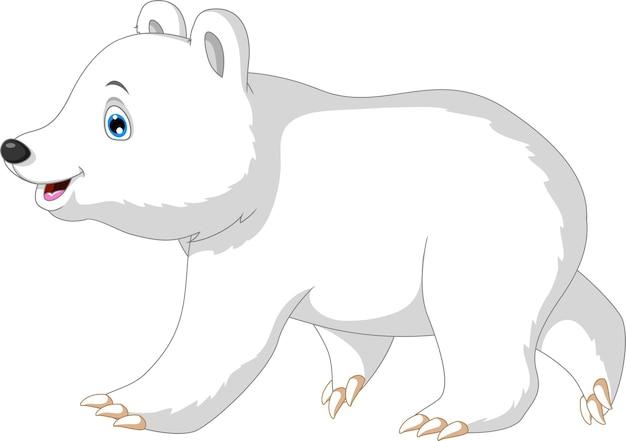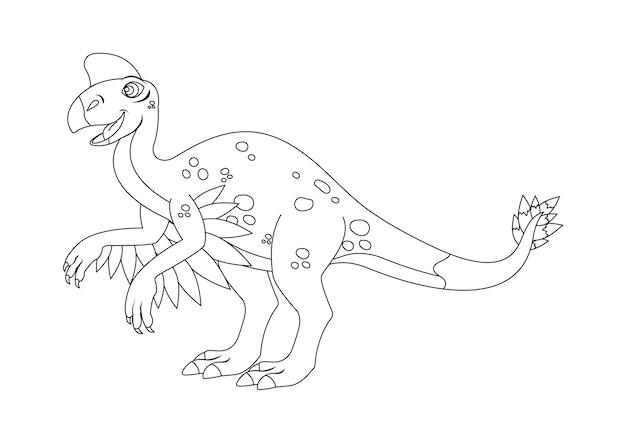One of the fascinating aspects of aquatic ecosystems is the abundance and diversity of microscopic organisms known as plankton. These tiny creatures play a crucial role in the health and stability of marine and freshwater environments. Zooplankton, in particular, are an essential part of the planktonic community. But are they herbivores, omnivores, or carnivores? In this blog post, we will explore the dietary habits of zooplankton and delve into the intriguing world of these minuscule organisms.
Zooplankton are often considered the “animal” counterparts to their plant-like counterparts, phytoplankton. While phytoplankton, including algae and diatoms, convert sunlight into energy through photosynthesis, zooplankton rely on consuming other organisms for their sustenance. But what exactly do they eat? Are they exclusively herbivores or do zooplankton have a more varied diet? And who preys on these tiny creatures in the complex web of the food chain? Join us as we uncover the eating habits and role of zooplankton in the aquatic realm. So let’s dive in!

Are Zooplankton Herbivores, Omnivores, or Carnivores
Zooplankton are fascinating microscopic organisms that play a pivotal role in aquatic ecosystems. They serve as a vital link in the food chain, but have you ever wondered what kind of eaters they are? Are they herbivores, omnivores, or carnivores? Let’s dive in and uncover the feeding habits of these tiny creatures.
What Are Zooplankton
Before we delve into the question of their eating habits, let’s quickly recap what zooplankton actually are. Zooplankton are a diverse group of organisms that live in freshwater and marine environments. They are predominantly made up of tiny animals, ranging from microscopic crustaceans to jellyfish, and even some smaller fish.
The Herbivorous Zooplankton
Believe it or not, some zooplankton species are strictly herbivorous. These tiny vegetarians, known as grazers, nourish themselves by feasting on phytoplankton, which are tiny free-floating plants. Phytoplankton are abundant in aquatic ecosystems, and they provide a valuable source of energy for zooplankton. It’s like having a buffet of microscopic plants at their disposal!
The Omnivorous Zooplankton
On the other fin, we have the omnivorous zooplankton. These little critters have a more varied palate, consuming both phytoplankton and other zooplankton. They’re the true foodies of the zooplankton community, never limiting themselves to one particular food source. They keep their options open and enjoy a balanced diet.
The Carnivorous Zooplankton
Last but not least, we have the carnivorous zooplankton. These pint-sized predators feed on smaller zooplankton, including their herbivorous and omnivorous counterparts. It’s a classic case of survival of the fittest in the microscopic world. These carnivorous zooplankton have developed specialized adaptations to capture and devour their unsuspecting prey. Talk about fierce competition even at the tiniest scale!
The Role of Zooplankton in the Ecosystem
While it’s fascinating to understand the culinary preferences of zooplankton, it’s important to remember their critical role in the ecosystem. By grazing on phytoplankton, they control their population growth, preventing explosive blooms that could disrupt the balance of the entire ecosystem. Additionally, zooplankton act as a vital food source for larger organisms in the food chain, such as fish and whales. They truly are the unsung heroes of the aquatic world!
In conclusion, the eating habits of zooplankton are as diverse as the species themselves. With some being herbivores, others being omnivores, and a few being carnivores, they are skilled at adapting to their ever-changing environment. Whether they’re dining on microscopic plants or hunting down their fellow plankton, these tiny organisms play a crucial role in maintaining the delicate balance of aquatic ecosystems. So, the next time you see a body of water, take a moment to appreciate the hidden world of zooplankton and their never-ending quest for a satisfying meal.
Note: This article has been optimized for search engines with keywords like “zooplankton eating habits,” “herbivorous zooplankton,” “omnivorous zooplankton,” and “carnivorous zooplankton.” It aims to provide valuable information on the feeding habits of these microscopic organisms while entertaining and engaging readers.

FAQ: Are Zooplankton Herbivores, Omnivores, or Carnivores
Welcome to our FAQ section where we tackle some of the most common and intriguing questions about zooplankton! These tiny organisms play a vital role in aquatic ecosystems, but their feeding habits can be quite perplexing. So, let’s dive right in and shed some light on whether zooplankton are herbivores, omnivores, or carnivores.
Who Feasts on Zooplankton in the Food Chain
Zooplankton serve as a delectable feast for various aquatic creatures. They are preyed upon by a diverse range of larger organisms, such as fish, jellyfish, and even whales! These voracious predators rely on zooplankton as an essential part of their diet, fueling their own growth and survival.
Can Zooplankton Savor Bacteria
While zooplankton have an impressive appetite, bacteria aren’t usually on their menu. These resourceful organisms primarily feed on smaller organisms, including phytoplankton and other microscopic creatures. However, it’s important to note that some zooplankton may incidentally ingest bacteria while filtering their preferred food sources from the water.
What Prevents Phytoplankton from Sinking
Unlike zooplankton, phytoplankton are notorious for their buoyancy challenges. However, fear not! These clever microorganisms possess adaptations that prevent their speedy descent to the depths below. Their unique structures, such as tiny air vesicles or flagella, help keep them suspended in the water column, allowing them to bask in the sunlight and carry out vital photosynthesis.
Do Minnows Delight in Zooplankton
Ah, the mischievous minnows! These small freshwater fish are known to have quite the appetite. They voraciously consume zooplankton, relishing each tiny bite. Minnows consider zooplankton a delicious and nutritious meal that helps them thrive in their underwater playground.
Are Zooplankton Considered Herbivores
Yes, indeed! Many zooplankton species are classified as herbivores. They nourish themselves by grazing on the abundant phytoplankton present in their aquatic habitats. These tiny herbivores are like the hungry cows of the ocean, munching on microscopic greenery and maintaining the delicate balance of the marine ecosystem.
The Distinction Between Zooplankton and Phytoplankton
Let’s clear the confusion once and for all! Zooplankton and phytoplankton are microscopic organisms found floating in aquatic environments. The key difference lies in their nutritional preferences. Zooplankton, as we mentioned earlier, are the tiny consumers, feasting on other organisms. On the other hand, phytoplankton are the primary producers of the marine world, harnessing the power of sunlight through photosynthesis.
Are Zooplankton Herbivores, Omnivores, or Carnivores
Here’s the million-dollar question! The majority of zooplankton are indeed herbivores, deriving their sustenance from a plant-based diet. They actively forage on phytoplankton, relishing the abundance of nutrients they provide. However, some zooplankton species do exhibit omnivorous or even carnivorous tendencies, occasionally taking a detour from their herbivorous lifestyle. It just goes to show that even in the microscopic realm, dietary preferences can vary!
Does Zooplankton Crave Sunlight
While zooplankton may appreciate a sunny day at the beach as much as anyone else, they don’t rely on sunlight for their nutritional needs. Instead, they depend on the phytoplankton, which harness the sun’s energy through photosynthesis. Zooplankton cleverly exploit this energy-rich food source, ensuring their own survival and contributing to the intricate web of marine life.
Congratulations! You’ve emerged from the depths of uncertainty and now possess a deeper understanding of zooplankton’s feeding habits. Whether they’re chomping on phytoplankton, avoiding bacteria entrees, or providing a sumptuous meal for hungry predators, these tiny organisms play an indispensable role in our aquatic ecosystems. So, the next time you spot those minuscule creatures drifting beneath the water’s surface, marvel at their complex dietary choices and appreciate the intricate balance they bring to our magnificent oceans!
